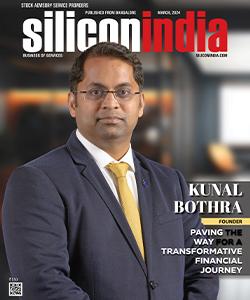How Income Tax Was Calculated 40 Years Ago?
Over the years, finance ministers have also got rid of the distinction between slabs for men and women and introduced a special category for very senior citizens, for those above the age of 80 years. Recently in the Budget, Finance Minister Arun Jaitley has increased the basic exemption limit for those above 60 years to  3 lakh from
3 lakh from  2.50 lakh for the past two years.
2.50 lakh for the past two years.
In 1974-75, filing returns used to be one of the most tedious exercises. Apart from long queues, one had to fill the returns from giving annual income details. Form 16 had to be attached to the Tax Returns Form.![]() If one had any other form of income, not reported earlier in the year, then he had to attach proof. This had to be submitted in the local income tax office assigned to the assessee on the ward number and then the tax office would, in turn, hand over the acknowledgement slip.
If one had any other form of income, not reported earlier in the year, then he had to attach proof. This had to be submitted in the local income tax office assigned to the assessee on the ward number and then the tax office would, in turn, hand over the acknowledgement slip.
In comparison to present day processes, the manual system of processing returns, was a considerable delay in processing refund claims and the response of the tax administration to taxpayers' grievances was substandard.
Thanks to our government for introducing simplified tax return forms, electronic filing of tax returns, e-payment of taxes, computerized processing of returns and refunds which help us in easy tax filling. The e-filing facility was introduced by the department in the financial year 2005-06. At present, anybody earning a yearly taxable salary of  5 lakh or more has to file returns online.
5 lakh or more has to file returns online.
Refund Banker Scheme was launched in 2007. Now, the data of refunds determined by the assessing officer gets transferred to the refund banker (State Bank of India) which issues a refund through an Electronic Clearing System (ECS). This made obtaining refund hassle-free and quicker. Now refunds are credited directly to the individual taxpayer's bank account, as mentioned by them in their tax returns.

